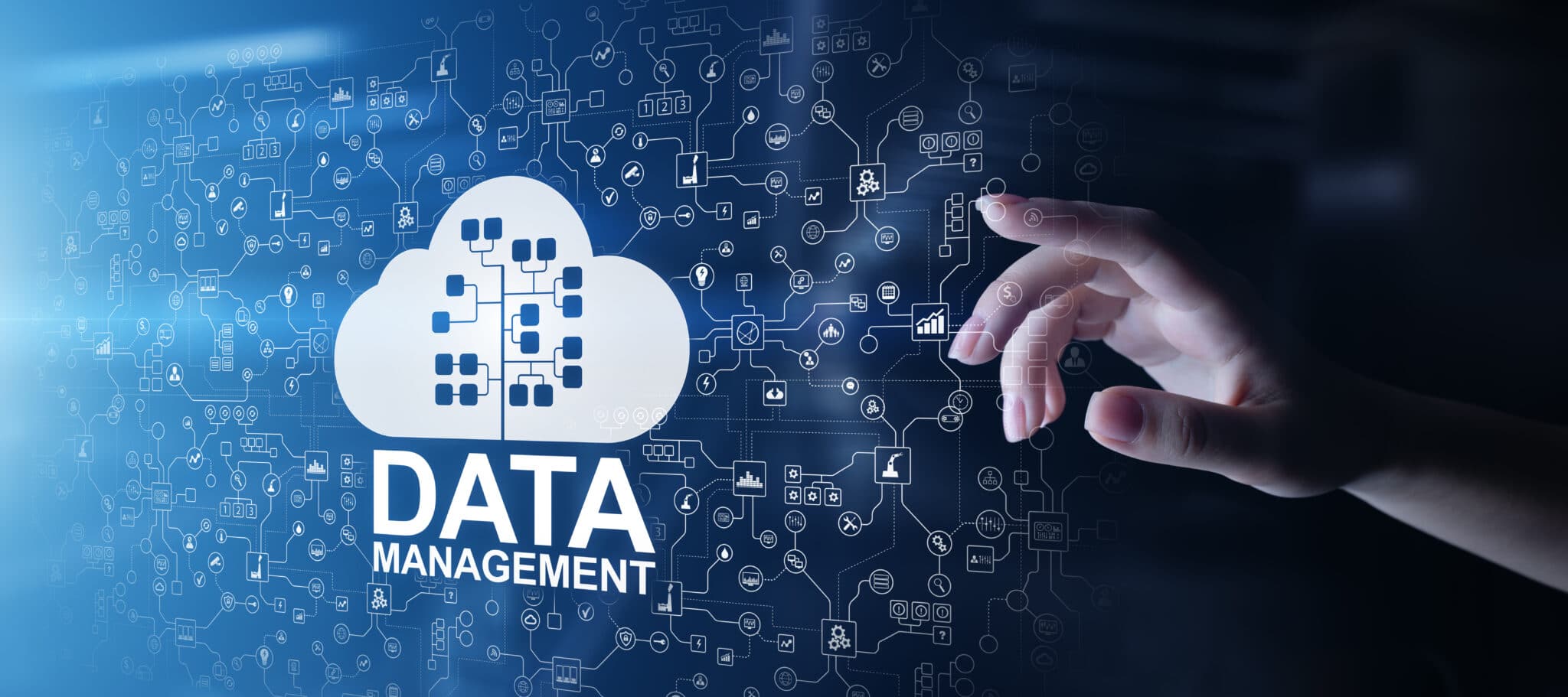- admin
- 0 Comments
- 3733 Views
Data Privacy and Compliance
In the digital age, personal data has become one of the most valuable resources for organizations. Whether it’s a person’s name, email address, or browsing history, this data can be used to create personalized marketing campaigns, improve products and services, and gain valuable insights into consumer behavior. However, with great power comes great responsibility, and organizations must take steps to protect this data from unauthorized access, theft, or loss. This is where data privacy regulations such as GDPR and CCPA come into play.
GDPR (General Data Protection Regulation) is a regulation passed by the European Union in 2016 that governs the collection, use, and storage of personal data for EU citizens. It gives individuals greater control over their personal data and requires organizations to obtain explicit consent before collecting and using this data. Additionally, organizations must implement appropriate security measures to protect personal data, provide transparency about how this data will be used, and offer individuals control over their data.
CCPA (California Consumer Privacy Act) is a similar regulation passed by the state of California in 2018 that applies to all companies that do business with California residents. Like GDPR, CCPA gives individuals greater control over their personal data and requires organizations to obtain explicit consent before collecting and using this data. Additionally, it gives individuals the right to request that their data be deleted and requires organizations to provide clear and concise information about how this data will be used.
Complying with these regulations can be challenging for many organizations. However, failure to comply can result in significant financial penalties, damage to reputation, and loss of consumer trust.
To ensure data protection and meet regulatory obligations, organizations should take several steps:
- Identify and classify all personal data:Organizations must understand what personal data they collect, where it is stored, and how it is used. This includes both structured and unstructured data. By identifying and classifying all personal data, organizations can develop a comprehensive data protection strategy that meets regulatory requirements.
- Implement appropriate security measures: Organizations must implement technical and organizational measures to protect personal data from unauthorized access, theft, or loss. This can include encryption, access controls, and monitoring tools. By implementing appropriate security measures, organizations can minimize the risk of data breaches and ensure that personal data is protected at all times.
- Obtain consent: Organizations must obtain explicit consent from individuals before collecting and using their personal data. The consent should be freely given, specific, informed, and unambiguous. Organizations must also provide individuals with clear and concise information about how their data will be used, and offer them control over their data.
- Provide transparency and control: Organizations should provide individuals with clear and concise information about how their data will be used, and offer them control over their data. This can include options to delete or modify their data. By providing transparency and control, organizations can build trust with consumers and demonstrate their commitment to data privacy.
Appoint a Data Protection Officer (DPO)
Organizations should appoint a DPO who is responsible for ensuring compliance with data protection regulations. The DPO should have expertise in data protection and work closely with legal and compliance teams to develop and implement a comprehensive data protection strategy.
In conclusion, data privacy regulations such as GDPR and CCPA are designed to protect the personal data of individuals, giving them greater control over their data and how it is used.
To ensure compliance with these regulations, organizations must take several steps, including identifying and classifying all personal data, implementing appropriate security measures, obtaining consent, providing transparency and control, and appointing a DPO. By prioritizing data privacy and compliance, organizations can protect personal data, build trust with consumers, and meet regulatory obligations.
Resources:
https://www.techtarget.com/searchcio/definition/privacy-compliance
https://www.techtarget.com/whatis/definition/General-Data-Protection-Regulation-GDPR
https://www.cookiebot.com/en/ccpa-vs-gdpr-compliance-with-cookiebot-cmp/







